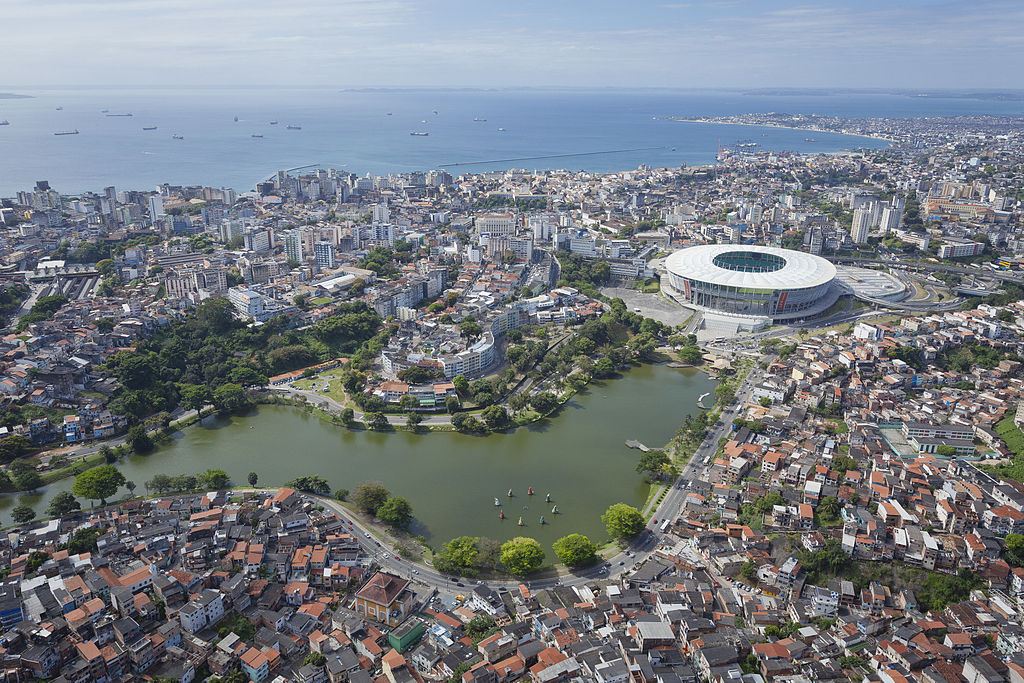The favorites to win Group B are not questionable to go through. Spain were dropped from the heavens and brought down to Earth by the Netherlands. But how were the 2010 World Cup winners dominated easily? The Dutch were able to take advantage of Spain’s narrowness and weakness on counters and surprise Spain with their formation.
Midfield too Narrow
Vicente del Bosque opted to start with Iniesta and Silva on the wide areas. Before the match against Holland, this did not seem like a problem. The two creators out wide suited Spain’s system of possession. Silva, being a left-footed player, usually cuts in from the right flank and looks for the deadly pass for goal. And the same can be said about Iniesta.
However, this strength became a weakness against the Dutch. Louis van Gaal played a back three for his formation. Playing a striker with two pure wingers would stretch the back three and open holes between the center-backs. But del Bosque chose two creative midfielders that float towards the middle. This allowed the three center-backs (Indi, Vlaar, and de Vrij) to stay compact and mark the Xavi, Iniesta, and Silva in the center of the field.
Choosing Pedro to play in the wide position would have made more sense. The Netherlands played a high line. If del Bosque had chosen to stretch the play and trust on two creators instead of three, it is a possibility that Costa might have been on the score sheet.
In addition to lessening the goal threat, the narrowness of the midfield gives the two full-backs too much responsibility. Which leads to the next issue.
Weak on Counters
Since Spain’s system lost width from their wide midfielders, the Spanish had to depend on the full-backs to stretch the play. Alba and Azpilicueta attempted to add attack on the flanks by overlapping with Iniesta and Silva. Unfortunately, the attacking full-backs left defensive vulnerabilities for the Netherlands’ fast break.
Just as Holland, Spain played a high line and left too much space for Robben and van Persie to explore. When Holland won control of the ball, the midfielders launched long balls to the open spaces left by the center-backs. The full-backs were caught too advanced on the attack to even help. We can see two examples of the fast break on the two first goals by the Netherlands. A long ball over Ramos and Alba from Blind to van Persie tied the match. On the second goal, another deep through-ball from Blind over Pique gave Robben the one-on-one against Casillas. Spain never recovered.
Netherlands were Unpredictable
An important part of Holland’s victory was van Gaal’s undecided XI. As I mentioned on my preview for this match, van Gaal practiced different systems during the friendlies. He moved away from his 4-2-3-1 and selected formations such as a 3-4-1-2 against Ghana. The Dutch manager stuck with the latter for this match.
This uncertainty formed problems for del Bosque to guess van Gaal’s game plan. Holland played with a flexible front three. Robben did not play his usual role as a winger. In order to match up against the Spanish center-backs, Robben tucked in as a second striker along van Persie.
Additionally, Sneijder was key in Holland’s game plan. Busquets marked Sneijder as he should. But Sneijder’s movement caused the Barcelona midfielder confusion on the defense. Sneijder’s off-the-ball movements were not about exploiting space or receiving the ball; however, it was about creating a diversion to pull Busquets away from his defensive labors. Robben and van Persie were then free to reek havoc on Ramos and Pique on a two against two.
Finally, the defensive style of Dutch football dominated. The Netherlands demonstrated team pressing from the midfield and a high defensive line. With the Spanish midfielders having no time on the ball, tiki-taka was never developed. Spain lost the game when the Netherlands tied the match.
